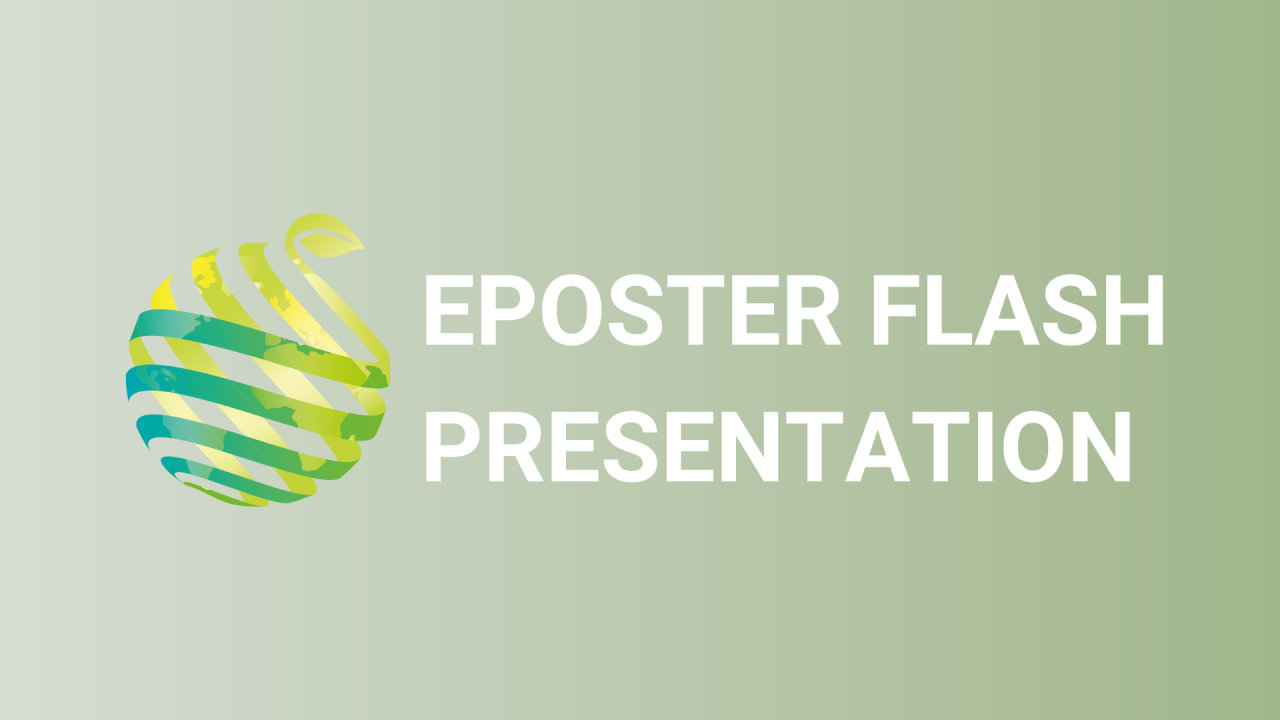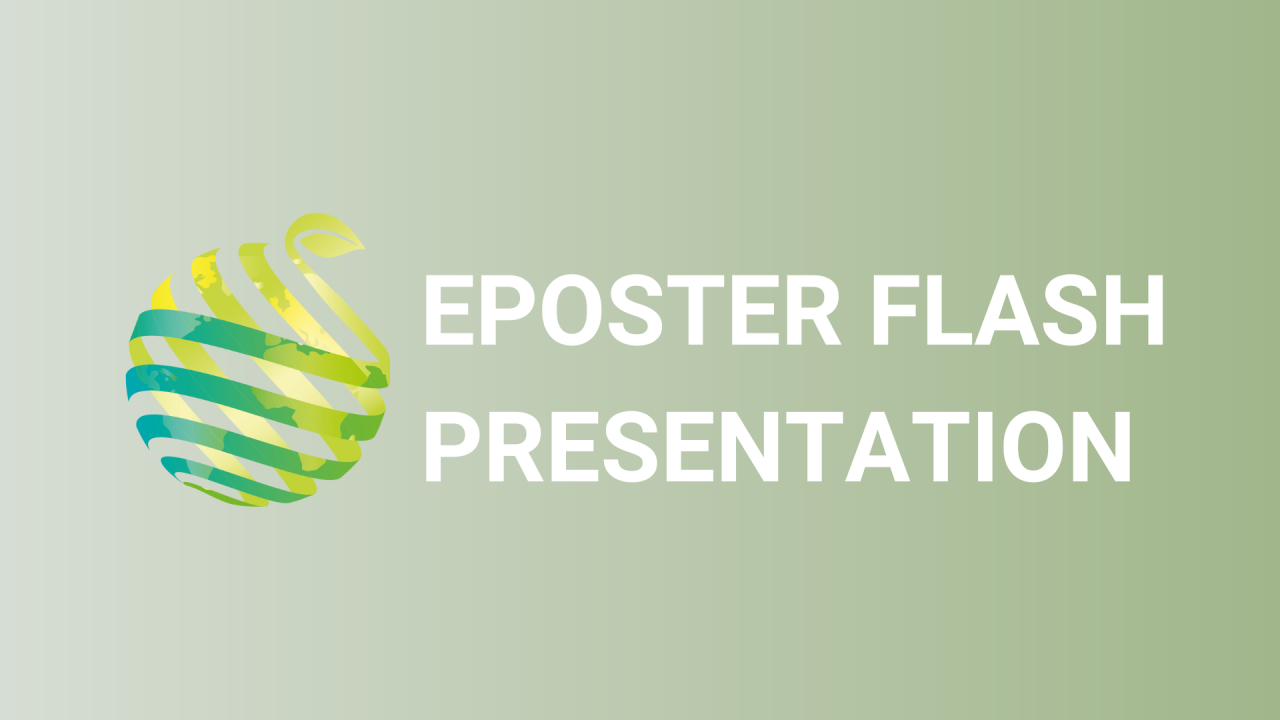

S08 - Session P4 - Watercress (Nasturtium officinale r. br.) growth and glucosinolate contents increase by optimizing the ratio of red and blue LED and preharvest UV-B irradiation
Information
Authors: Gwonjeong Bok *, Jaeyun Choi, Jongseok Park
Watercress (Nasturtium officinale L.) is a perennial aquatic plant belonging to the Brassicaceae family and rich in glucosinolates. Glucosinolates act as a natural antioxidant in the human body with anticancer activity reducing reactive oxygen species that attack DNA. This study aimed to find an optimal blue and red light combination condition for growth and glucosinolate contents of watercress. Furthermore, the efficiency of pre-harvest application of UV-B irradiation of glucosinolate contents was also investigated. Watercress seeds were sown into soil and seedlings were grown for two weeks. After two weeks sowing, seedlings were transplanted to a hydroponic system under the following light conditions: R10 (Red:Blue = 10:0), R9B1 (Red:Blue = 9:1), R8B2 (Red:Blue = 8:2), R7B3 (Red:Blue = 7:3), R6B4 (Red:Blue = 6:4), and R1B1G1 (control, Red:Blue:Green = 1:1:1) based on the light intensity and cultivated for two weeks. The result showed that R7B3 treatment represented the highest growth and quality of watercress. And then, to increase glucosinolate concentration in the watercress, we provided the UV-B irradiance was adjusted to 1.55 W·m -2 at the canopy level. The plants were exposed to UV-B irradiation including: 0 (control), 0.25, 0.5, 1, 2, 4, 8, 16, and 24 h and kept for 2 weeks before harvest. The results showed that the total glucosinolate concentration of watercress was significantly increased at the initial 0.5 h of UV-B irradiation compared with the control. Afterward, the total glucosinolate concentration indicated a tendency to decrease until two hours. However, the total glucosinolate concentration increased again from 2 to 4 h and showed a tendency to reduce after four hours. Finally, the total glucosinolate concentration was significantly decreased after 16 h compared with the control. Thus, these results indicated that about 30% of glucosinolate contents of watercress grown could be increased by UV-B irradiation for a short time before harvest.